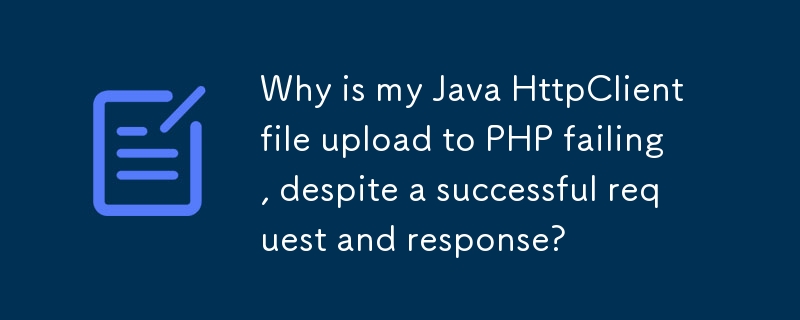Found a total of 10000 related content

phpmaster | Uploading Files with PHP
Article Introduction:PHP file upload: build a safe and reliable upload system
Online photo album pictures, email attachments, and batch processing application data files have one thing in common: they all need to upload files to the Internet through the user's web browser. The file upload feature is an important part of many websites and web applications that are used every day. This article will show you how to add file upload support to your website using PHP.
Key Points
Adding file upload support in PHP requires creating an HTML form for users and a PHP script for processing files uploaded on the server. The element must use the POST method and set the enctype property to multipart/fo
2025-03-03
comment 0
870

Show Thumbnail of Image Upload AJAX/PHP
Article Introduction:Update 18/11/2012: The new version of this upload is now here JQUERY AJAX IMAGE UPLOAD THUMBNAIL EXAMPLE.
This is how you can add a file/image upload tool to your forms and have AJAX store the file with PHP and return a thumbnailed version to the us
2025-03-04
comment 0
1094

How does PHP handle file uploads securely?
Article Introduction:PHP handles file uploads through the $\_FILES variable. The methods to ensure security include: 1. Check upload errors, 2. Verify file type and size, 3. Prevent file overwriting, 4. Move files to a permanent storage location.
2025-04-10
comment 0
585

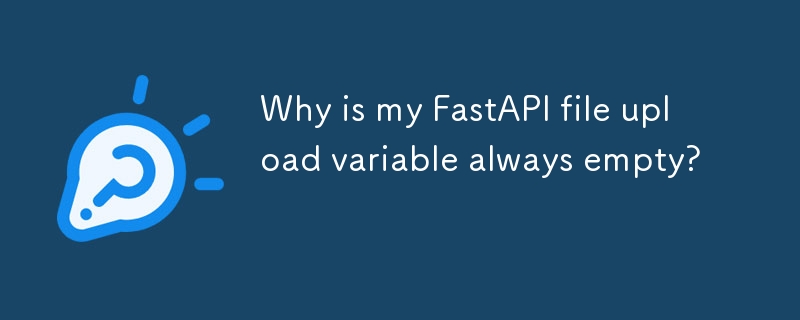

How to handle File Uploads securely in PHP?
Article Introduction:To safely handle PHP file uploads, you need to verify the source and type, control the file name and path, set server restrictions, and process media files twice. 1. Verify the upload source to prevent CSRF through token and detect the real MIME type through finfo_file using whitelist control; 2. Rename the file to a random string and determine the extension to store it in a non-Web directory according to the detection type; 3. PHP configuration limits the upload size and temporary directory Nginx/Apache prohibits access to the upload directory; 4. The GD library resaves the pictures to clear potential malicious data.
2025-07-08
comment 0
708
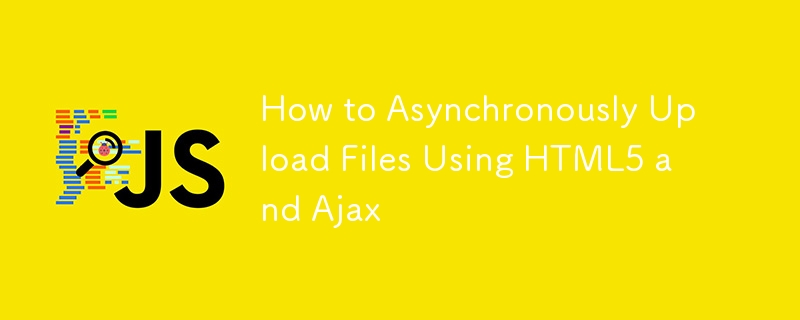
How to Asynchronously Upload Files Using HTML5 and Ajax
Article Introduction:Core points
Uploading files asynchronously using HTML5 and Ajax can be done in the background, allowing users to perform other tasks on the page during upload. This process involves creating HTML forms to upload files to PHP pages, and JavaScript ensures that only JPG images with less than 300,000 bytes are uploaded.
JavaScript upload function requires an XMLHttpRequest2 object (available in Firefox and Chrome). The .open() method of XMLHttpRequest is set to POST the data to the PHP page, set the HTTP header to the name of the file, and pass the File object to the .send() method.
PHP file inspection
2025-02-25
comment 0
1153
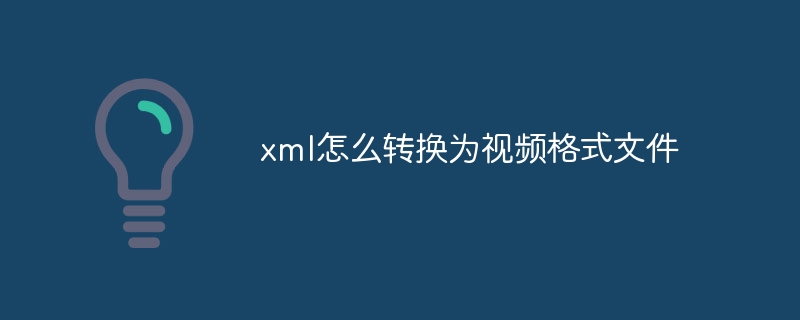
How to convert xml to video format file
Article Introduction:There are three ways to convert XML to video format: one is to use XSLT; the second is to use the ffmpeg library; and the third is to use the online converter. The specific steps are: ① Use XSLT to write the template and use the XSLT processor to apply the template; ② Install ffmpeg and convert it using the command line; ③ Upload the XML file to the online converter and select the video format. It is necessary to ensure that the XML file complies with the standards and adjust the settings according to the conversion method.
2025-04-03
comment 0
1138
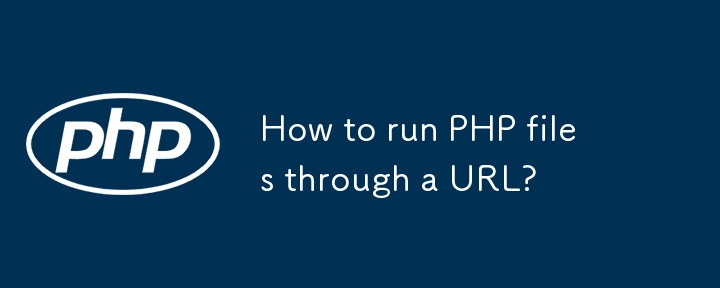
How to run PHP files through a URL?
Article Introduction:To run PHP files through URLs, you must build a web server environment that can parse PHP. 1. Local testing can use integrated development packages such as XAMPP, WAMP or MAMP, put PHP files into the http://localhost/ file name, and run them when you access the http://localhost/ file name in the browser; 2. When deploying to a remote server, you need to purchase a virtual host or cloud server that supports PHP, upload the file to the website root directory and access it through the domain name or IP address; 3. Quickly test small pieces of code can be used for online platforms such as 3v4l.org or OnlinePHPFunctions.com, and can be executed without building an environment. The core is to ensure that the server is configured correctly and capable
2025-06-26
comment 0
480

How can you handle file uploads securely in PHP?
Article Introduction:To safely handle file uploads in PHP, the core is to verify file types, rename files, and restrict permissions. 1. Use finfo_file() to check the real MIME type, and only specific types such as image/jpeg are allowed; 2. Use uniqid() to generate random file names and store them in non-Web root directory; 3. Limit file size through php.ini and HTML forms, and set directory permissions to 0755; 4. Use ClamAV to scan malware to enhance security. These steps effectively prevent security vulnerabilities and ensure that the file upload process is safe and reliable.
2025-06-19
comment 0
1108

How to open the xml file according to the requirements
Article Introduction:The .xsm file is an XMLSchema file that defines the structure and constraints of an XML file. 1) Use a text editor such as Notepad or VisualStudioCode to open the .xsm file. 2) For advanced features, use OxygenXMLEditor or AltovaXMLSpy for Schema verification and autocomplete. 3) Through Python's lxml library, you can verify whether the XML file complies with Schema, and use streaming processing to optimize the processing performance of large files.
2025-05-16
comment 0
276
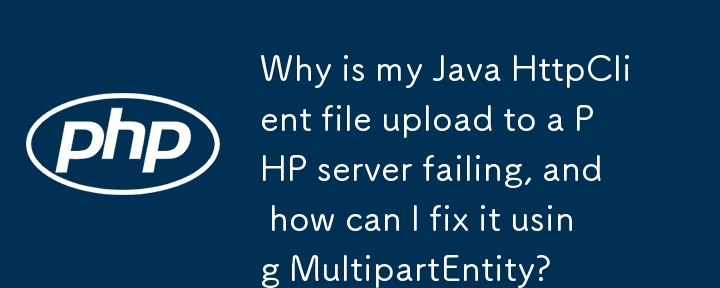
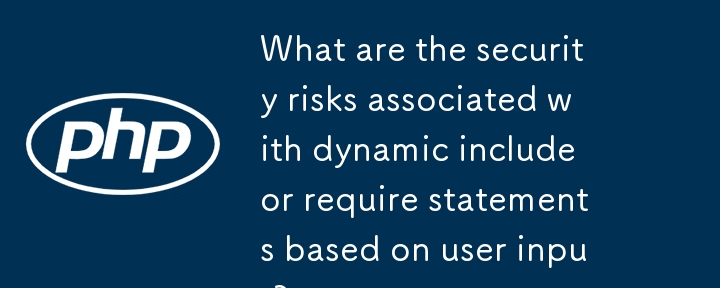
What are the security risks associated with dynamic include or require statements based on user input?
Article Introduction:Dynamically including or requiring users to enter controls can introduce serious security vulnerabilities. 1. Remote File Inclusion (RFI) vulnerability allows attackers to inject malicious code through external URLs. They should avoid using remote URLs and adopt a whitelisting mechanism. 2. Local File Inclusion (LFI) vulnerability allows attackers to access sensitive files through path traversal. They should avoid using user input directly, using fixed option lists, and strictly verifying input. 3. The attacker may also execute commands by injecting PHP code into the log or upload file. Dynamic inclusion, restrict file permissions and assume that all files may be tampered with. In short, dynamics require strict verification and configuration, with more secure alternatives preferred.
2025-06-18
comment 0
437

How to configure Apache server to run PHP?
Article Introduction:The steps to install and configure Apache and PHP are as follows: 1. Install Apache and PHP and related modules through the package manager; 2. Create a test file to verify whether PHP is operating normally; 3. Check and enable the mod_php module, and adjust the MIME type configuration if necessary; 4. Modify the settings in php.ini (such as upload size, memory limit, etc.) according to requirements and restart the service; 5. Pay attention to file permissions, extensions and virtual host configuration. After completing the above steps, Apache can parse and execute PHP files normally.
2025-06-29
comment 0
742

PHP Master | Extract an Excerpt from a WAV File
Article Introduction:While PHP is known for building web pages and applications, it has much more than that. I recently needed to dynamically extract an audio from a WAV file and allow the user to download it through the browser. I tried to find a library that suited my needs, but I didn't succeed and had to write my own code. This is a great opportunity to dig into WAV file structure. In this post, I will briefly outline the WAV file format and explain the library I developed: Audero Wav Extractor.
Key Points
Waveform Audio File Format (WAV) is a standard used by Microsoft to store digital audio data, consisting of blocks representing different parts of an audio file. "RIFF", "Fmt" and "Data" are the heaviest
2025-02-24
comment 0
1098
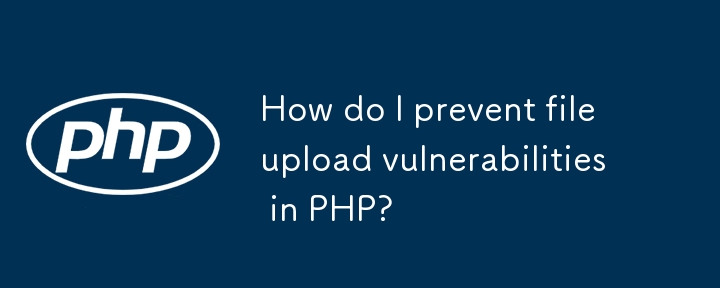
How do I prevent file upload vulnerabilities in PHP?
Article Introduction:To prevent PHP file upload vulnerabilities, you must first strictly control the uploaded content. 1. Always verify file types on the server side, use finfo_file() or mime_content_type() to check the real MIME type, and establish a whitelisting mechanism; 2. Do not trust user input and refuse to rely solely on front-end verification; 3. Rename the file after uploading, and use randomly generated file names to avoid execution risks; 4. Set correct directory permissions and prohibit script execution, such as restricting file type access through .htaccess; 5. Try to store files in non-public directories and provide access services through scripts; 6. Regularly scan uploaded content, strip away image EXIF data or reprocess them with ImageMagick
2025-06-29
comment 0
281
